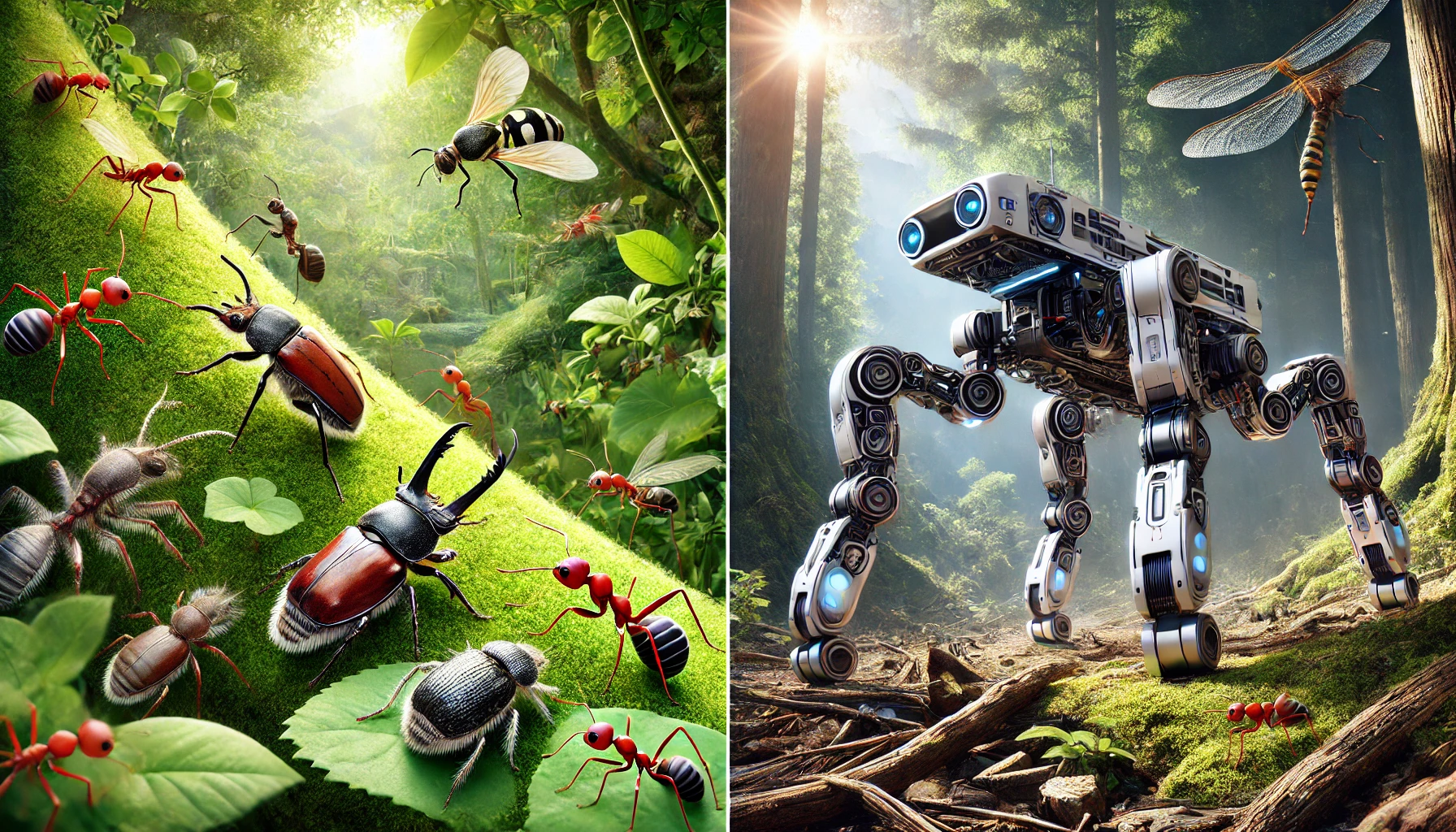The term “six-legged” refers to any object with six legs. In nature, it has been described as a group of arthropods that includes insects and some spiders. In industrial robotics, this refers to six-legged machines designed for stability and flexibility in different terrains. Bees, biological or technological, display incredible versatility, providing insights and applications in science, technology, and beyond.
There are bees in nature
.
Ants are among the most diverse and abundant creatures on earth. Living parasites include insects, entognaths (such as springtails), and other associated animals. The main characteristics of live bees are:
Six-legged gait: This trait provides stability and efficiency, allowing six-legged bees to adapt to difficult situations.
Distribution: Most have a segmented body with three main areas: head, thorax, and abdomen.
Ecological impact: Insects such as honey bees pollinate plants, while others act as food sources or decomposers, playing important roles in ecosystems.
Bees are technically
Inspired by nature, engineers and scientists have created robotic bees that mimic the movement and adaptability of their natural counterparts. These devices are particularly suitable for applications where stability and performance are required.
Characteristics of Robotic Hexapods
Six freedoms: Each leg works independently, allowing for precise movement and balance.
Terrain Flexibility: Six-legged robots excel at navigating uneven surfaces, making them ideal for exploration, disaster response, and exploration in inaccessible areas
Payload Capacity: Its robustness allows it to carry equipment, making it useful in applications such as construction and logistics.
Application of Services
Space Exploration: The six-legged robot can navigate superhuman terrain with ease.
Medical devices: A six-legged motion platform is used in surgery and diagnostics for precise positioning.
Military and Security: These robots have been used in reconnaissance and mine disposal.
The Science Behind Six Legs
The six-foot design has inherent advantages. The gradual adoption of the tripod phase by insects in biology puts them in constant contact with soil, maintaining equilibrium. Similarly, robotic hexapods manufacture such components and use algorithms that maximize energy efficiency and stability.
The inverse kinematics and real-time feedback control systems of the robotics allow the six legs to adapt to dynamic situations, maintaining their position or motion without restrictions or changes in load distribution .
What might happen in the future?
The future of six-legged robots is promising, and advances in artificial intelligence, materials science, and biomimicry are pushing the boundaries. The integration of AI will enable these robots to make autonomous decisions, improving their usefulness in search and rescue missions or planetary exploration.
Meanwhile, understanding bee biology could lead to breakthroughs in agriculture, pest control, and even biological bee prosthetics and other wearable technologies.
conclusion
Whether as insects crawling on the forest floor or robots exploring the depths of the ocean, octopuses embody resilience and adaptability As we continue to learn and practice these wonders, the octopus sleeps remains a symbol of the intersection of nature and technology, pointing humanity towards a more innovative future.
